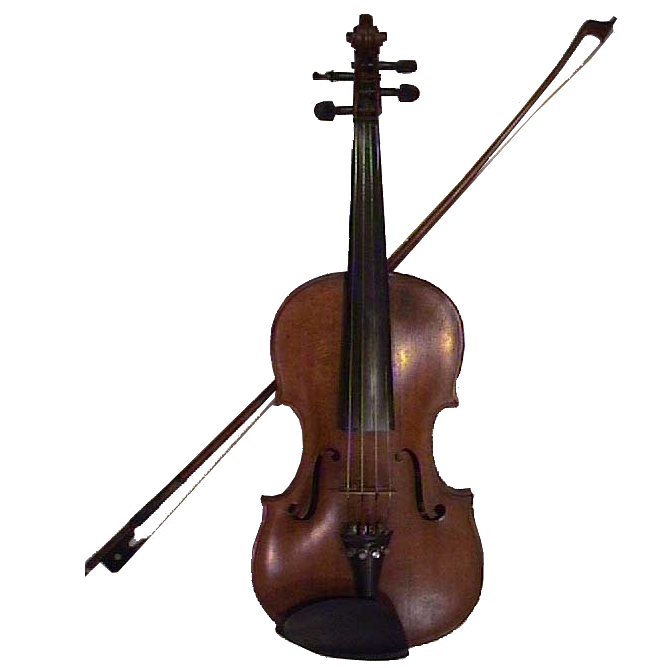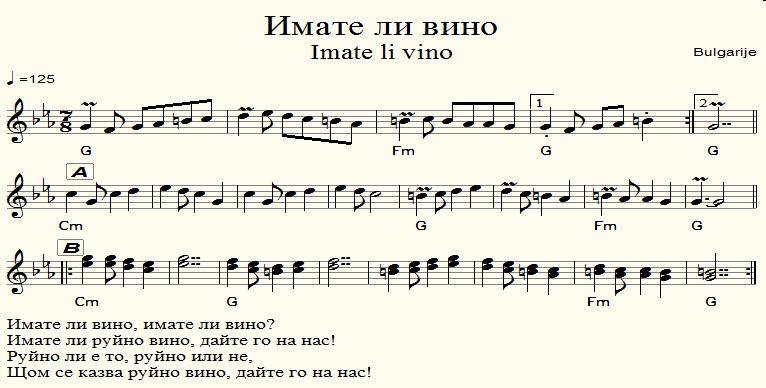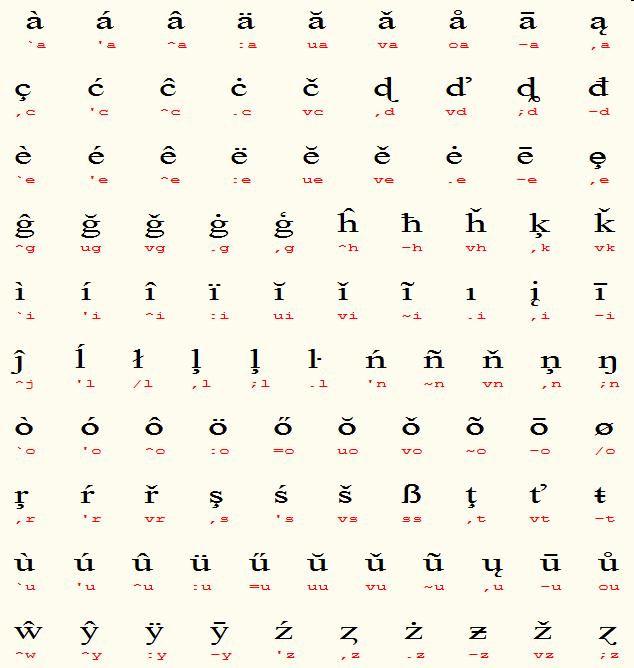Utf8
You might have missed the fact, but internet globalization has changed the world behind the scenes...
Around 2000 most of the documents were either plain 7-bit-ASCII (chars 0-127: ;:'",.<>?/) perhaps using a few text-encoded characters like the euro sign or so, or using some codepage using 8-bit ASCII (0-255) allowing for a few diacritics like é â ü ß. Those parts of the world which do not use the latin alphabet but Greek, Hebrew, Cyrillic, Japanese to name a few, used to have another 'code page'. Most of the time such text was not readable on a 'normal' computer using the default code page.
Luckily there was already some standard that allows almost any character from any alphabet: unicode. Unfortunately, this 16-bit Unicode isn't compatible with 8-bit ascii. Enter utf8, a standard that allows all unicode characters, keeping all existing plain ASCII-documents around the world intact.
MusiCAD 4 allows all utf8 symbols to be used in dialogs allowing cut and paste from other sources.
To simplify entering text with diacritics you may use backslash-key-sequences. Backslash sequences will be converted to utf8 when saved.
| ' | aigu/acute | \'a | á |
| ` | grave | \`a | à |
| : | trema/diëresis/umlaut | \:a | ä |
| ^ | circonflex | \^a | â |
| - | macron/bar | \-d | ð |
| o | ring | \oa | å |
| , | cedille | \,c | ç |
| u | breve | \ua | |
| v | hacek/caron | \vs | š |
| / | slash | \/o | ø |
| E | ligatuur | \EA | Æ |
Below you'll find a list of common diacritics and their entry.
To enter Greek or Cyrillic you need to instruct Windows to switch to an alternative keyboard layout which will map your keyboard to a Greek of Cyrillic alphabet. Do not forget to switch it back to US when editing music...
When saving files, MusiCAD will convert 8-bit ut8-codes to decimal values like: \208\152



